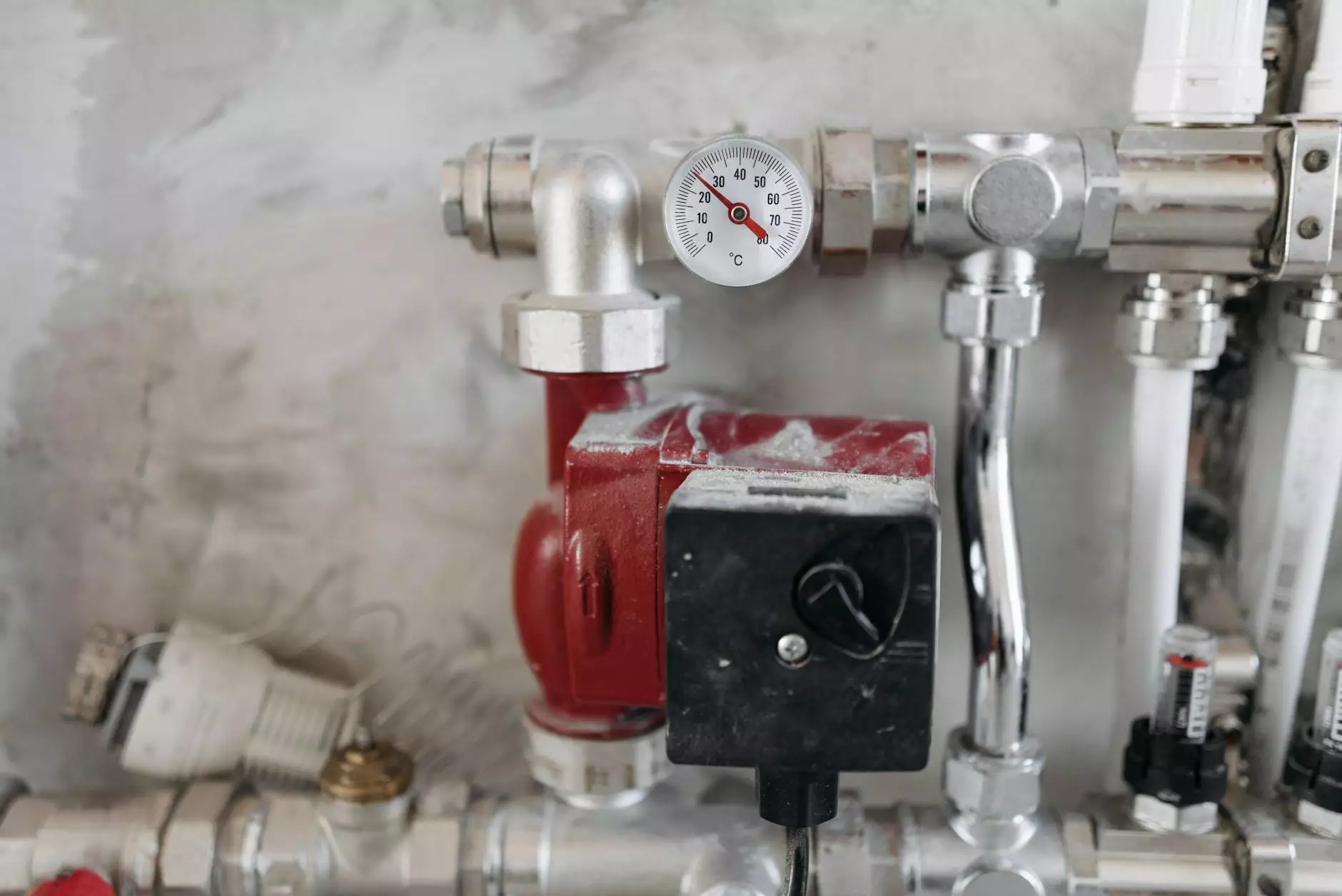Understanding Leg Clot Symptoms: A Comprehensive Guide

Leg clot symptoms can be alarming and may indicate a serious health issue that requires immediate attention. In this article, we will delve into the various aspects of leg clots, including their symptoms, causes, risk factors, and the importance of early diagnosis and treatment. This knowledge is crucial for everyone, especially those at higher risk of vascular diseases. At Truffles Vein Specialists, we are dedicated to providing clarity and guidance on these issues to help you maintain optimal vascular health.
What is a Leg Clot?
A leg clot, commonly referred to as a deep vein thrombosis (DVT), occurs when a blood clot forms in a deep vein, typically in the legs. This condition can lead to serious complications, including pulmonary embolism, where the clot travels to the lungs, potentially resulting in life-threatening situations.
Recognizing Leg Clot Symptoms
Being able to identify leg clot symptoms is crucial for prompt medical intervention. Here are the most common signs and symptoms that may indicate the presence of a leg clot:
- Swelling: One of the most noticeable symptoms of a leg clot is swelling in the affected leg. You may observe that one calf or thigh appears larger than the other.
- Pain: Individuals may experience pain in the leg, often described as a cramp or soreness. This discomfort typically starts in the calf and can feel similar to muscle pain.
- Red or discolored skin: The skin over the area where the clot is present may turn red or become discolored.
- Warmth: The affected area may feel warmer to the touch compared to the surrounding skin.
- Difficulty walking: The pain and swelling can make it difficult to walk or stand comfortably.
- Hardness: In some cases, the affected area may feel hard or tight beneath the skin.
Causes of Leg Clots
Understanding the causes of leg clots can help individuals take preventative measures. Some common causes include:
- Prolonged immobility: Staying in one position for an extended period, such as during long flights or car rides, can increase the risk of blood clots.
- Surgery: Major surgery, particularly orthopedic procedures, can lead to reduced blood flow and increase DVT risk.
- Injury: Trauma to the leg or veins can trigger the clotting process.
- Medical conditions: Certain medical conditions, such as cancer, heart disease, and autoimmune disorders, can increase clot formation.
- Hormonal changes: Hormonal factors, including pregnancy and hormone replacement therapy, can heighten the risk.
- Obesity: Excess weight can put additional pressure on the veins in the legs, contributing to clot formation.
Risk Factors Associated with Leg Clots
Certain risk factors make individuals more susceptible to developing leg clots. These can include:
- Age: People aged 60 and above are at a higher risk for DVT.
- Family History: A family history of blood clotting disorders can increase the likelihood of developing clots.
- Smoking: Smoking can damage blood vessels and may contribute to clot formation.
- Certain medications: Some medications, particularly those that affect blood clotting, can elevate clot risk.
- Previous clots: If you have previously had a DVT or pulmonary embolism, your risk of recurrence is higher.
The Diagnostic Process for Leg Clots
If you suspect you have a leg clot, it's vital to seek medical advice promptly. Here’s how the diagnostic process typically unfolds:
Clinical Evaluation
Your healthcare provider will begin with a thorough evaluation, including:
- Medical history
- Physical examination
Imaging Tests
To confirm the presence of a leg clot, doctors may recommend imaging tests such as:
- Ultrasound: The most common test used to diagnose DVT, this test uses sound waves to create images of the blood flow in the veins.
- D-dimer test: Blood tests that measure the presence of a substance that is released when a blood clot breaks up. Elevated levels may suggest a clot, although it’s not definitive.
- CT or MRI scans: In some cases, more advanced imaging may be required to evaluate the veins and detect clots.
Treatment Options for Leg Clots
Treatment for leg clots typically involves a combination of medications and lifestyle changes. Here are the most common treatment options:
Anticoagulants
Also known as blood thinners, anticoagulants help prevent further clotting while the body dissolves the existing clot. Common anticoagulants include:
- Warfarin
- Direct oral anticoagulants (DOACs): Such as rivaroxaban, apixaban, and dabigatran.
- Low molecular weight heparin: Often used during hospital stays.
Thrombolytics
In severe cases, thrombolytics may be administered to dissolve larger clots quickly. This treatment, however, comes with a higher risk of bleeding.
Compression Stockings
Wearing compression stockings can help reduce swelling and prevent further clot formation by improving blood flow.
Lifestyle Changes
Making certain lifestyle adjustments can significantly lower your risk of developing leg clots:
- Maintain a healthy weight: Reducing weight can decrease pressure on your veins.
- Stay active: Regular physical activity promotes good circulation.
- Avoid smoking: Quitting smoking can improve vascular health.
- Stay hydrated: Proper hydration helps maintain good blood circulation.
Prevention Strategies for Leg Clots
Preventing leg clots is vital, especially for those at higher risk. Here are effective preventative measures:
- Move regularly: If sitting for long periods, make sure to take breaks and move around to improve blood circulation.
- Wear loose-fitting clothing: Tight clothing can restrict blood flow.
- Consult your doctor: Discuss your risk for DVT if you have any underlying health conditions or are planning to undergo surgery.
- Use of medications: If at high risk, your healthcare provider may prescribe preventive medications.
When to Seek Medical Attention
It is crucial to understand when to seek medical help for leg clot symptoms. If you experience:
- Severe swelling or pain in one leg
- Sudden shortness of breath or chest pain
- Coughing up blood
These signs may indicate a pulmonary embolism and require immediate emergency assistance. Early diagnosis and treatment can be life-saving.
Conclusion
Understanding leg clot symptoms, their causes, risk factors, and treatment options is essential for maintaining your health and well-being. If you suspect a clot, don't hesitate to consult with healthcare professionals. At Truffles Vein Specialists, we are equipped with the knowledge and tools necessary to provide care and guidance for all your vascular health needs. Don't let leg clots disrupt your life; take proactive steps toward prevention and treatment to ensure a healthier future.









